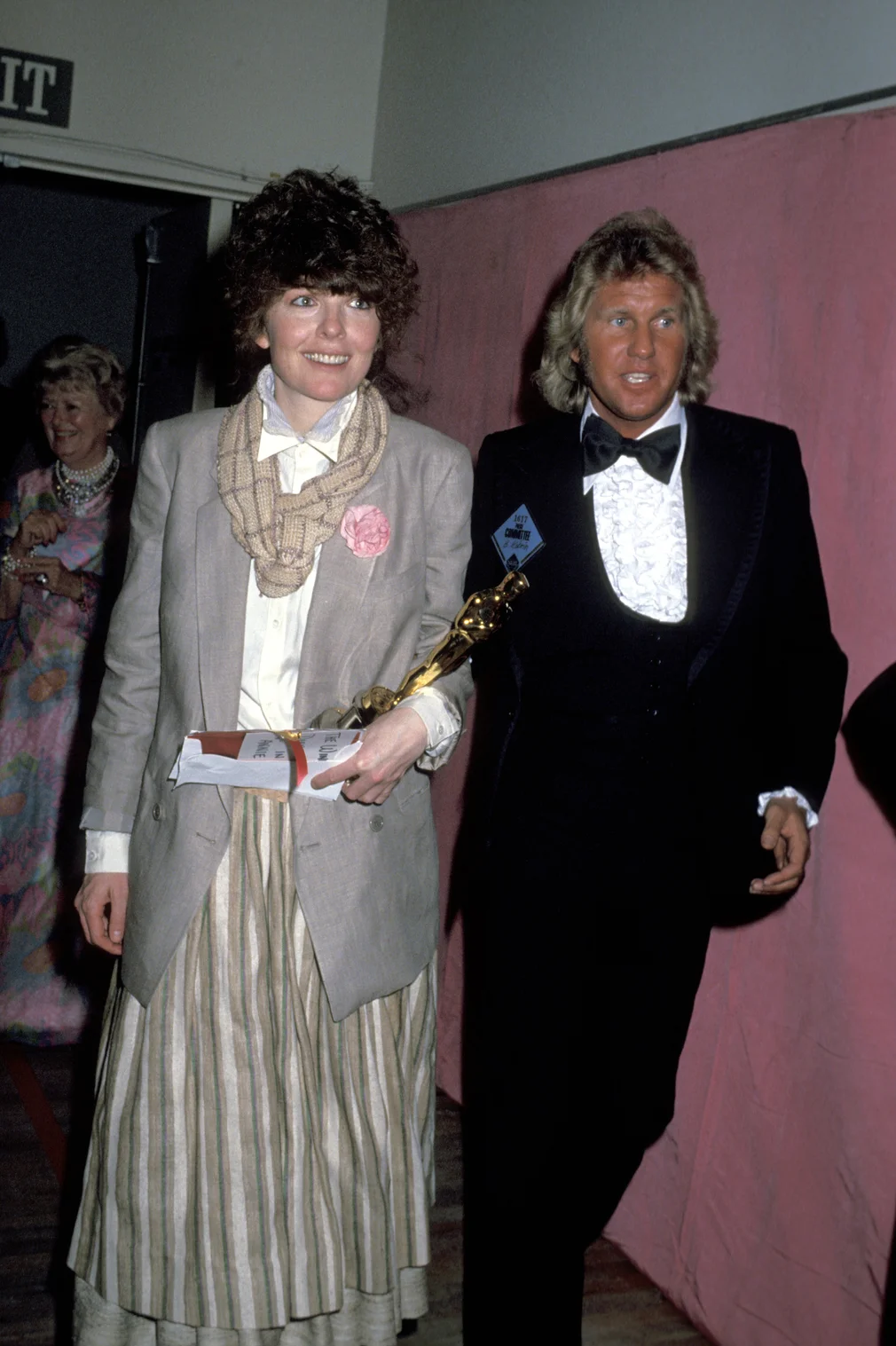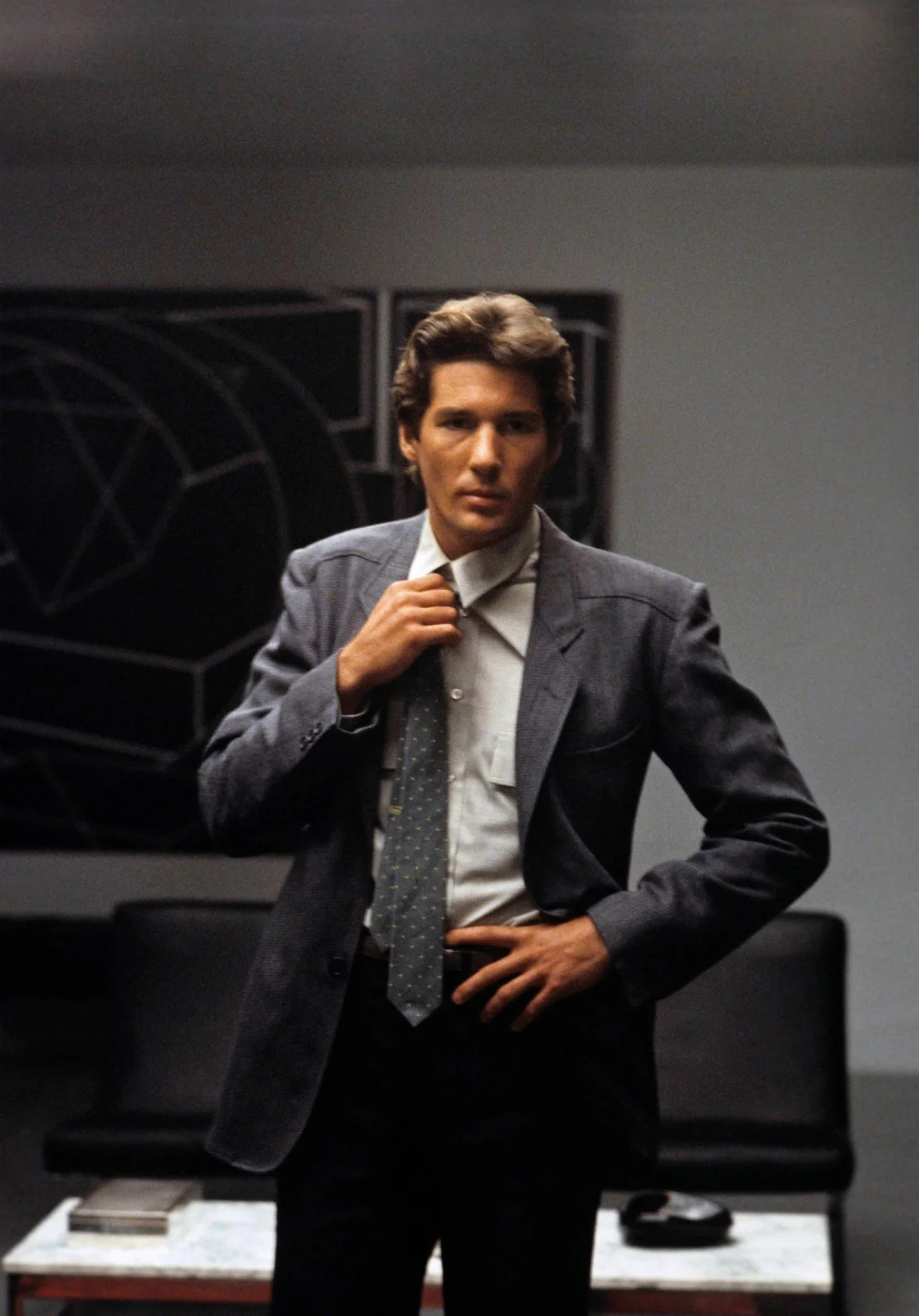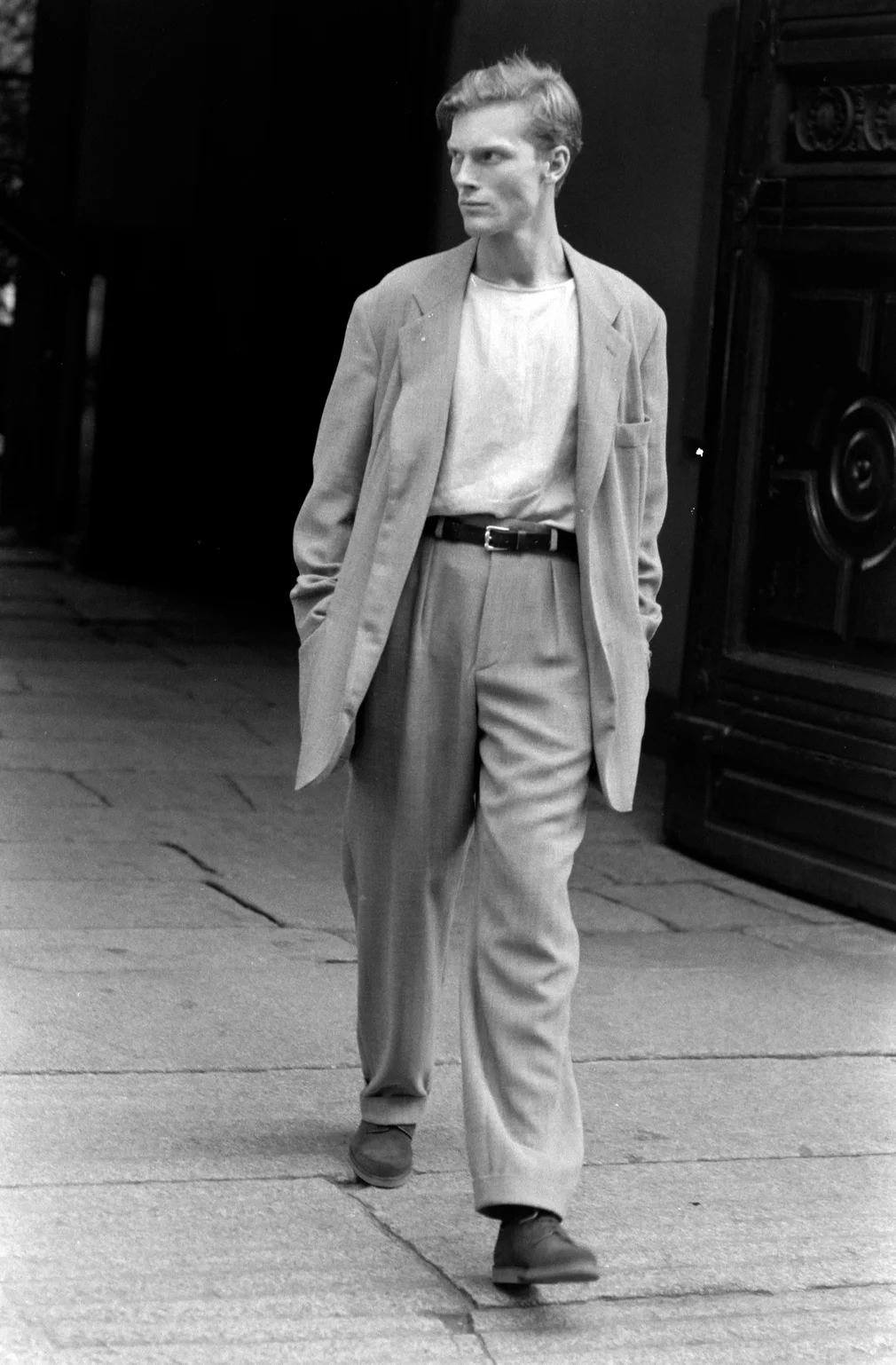Re Giorgio: The Timeless Legacy of Giorgio Armani
- JOELLE EUGENIE

- Sep 7
- 4 min read
Giorgio Armani (1934–2025), born in Piacenza, Italy, began his journey far from the world of fashion. He initially pursued medical studies, but a childhood injury and later his service in the army altered his course. In 1957, Armani entered the fashion sphere at La Rinascente in Milan, where he worked as a window dresser and buyer before moving on to design menswear for Nino Cerruti. This early experience honed his eye for detail and prepared him for the leap that would define his career.

Armani examining drawings for new designs in 1979
📸 Photograph: David Lees/Corbis/VCG/Getty Images
In 1975, alongside his partner Sergio Galeotti, Armani founded his own label. The brand quickly became synonymous with minimalist, deconstructed suits that not only revolutionized menswear but also empowered women with a new vision of elegance. This stripped-back approach to tailoring—often called “soft tailoring”—challenged conventions and set a new standard for modern sophistication.
Over the decades, Armani expanded his creative universe far beyond clothing. He launched Emporio Armani, Armani/Casa for home décor, fragrances, uniforms for Olympic athletes and sports teams, as well as ventures into music and luxury hotels. Unlike many of his contemporaries, he maintained full ownership of his company, safeguarding his independence and ensuring that his creative vision remained intact.
A true visionary in both fashion and business, Armani left a cultural imprint that transcends industries. He reshaped contemporary elegance not just through clothing, but also through lifestyle, interior design, and the arts, cementing his status as one of the most influential designers of the modern era.
Timeline & Achievements: Key Milestones
Here’s a bullet-point timeline highlighting his fashion accomplishments and broader design and cultural contributions:
1934 – Born in Piacenza, Italy
1957 – Began career at La Rinascente as window dresser and buyer
1960s – Designed menswear for Nino Cerruti while freelancing
1973–1975 – Opened design office and founded Giorgio Armani S.p.A. with Sergio Galeotti; launched ready-to-wear collections for men and women
Late 1970s–1980s – Expanded brand with:
G.A. Le Collezioni, Giorgio Armani Accessories
Emporio Armani, Armani Jeans, Armani Junior, AX Armani Exchange
First fragrance and cosmetics lines via an agreement with L’Oréal
1980 – Designed Richard Gere’s wardrobe in American Gigolo, propelling Armani’s fame
1985 – Death of Galeotti; Armani continued expanding with watch lines, eyewear, and licensing
1990s–2000s – Continued expansion:
AX Armani Exchange for younger, casual markets
Grown global boutique presence
Designed costumes for over 100 films
Launched Armani/Casa home decor line (2000)
2005–2010 – Entered hospitality by launching Armani Hotel in Burj Khalifa, Dubai, influencing luxury interior design
2007 – Became first designer to ban underweight models; livestreamed Armani Privé show, pioneering digital fashion events
2008–2019 – Notable projects:
Designed bullfighting costume “Goyesco” (2008)
Joined Green Carpet Challenge for sustainable fashion
Launched high jewelry collections, designed stage outfits for Lady Gaga
2000s–2020s – Expanded into sports (Olympic uniforms, football teams, basketball, Ferrari F1 suits); music compilations; and fine jewelry
Honors and recognition:
Neiman Marcus Award (1979), CFDA International Best Designer (1983), CFDA Lifetime Achievement (1987)
Officer of the French Legion of Honour (2008), Knight Grand Cross of the Order of Merit of the Italian Republic (2021)
Featured in Time’s 100 Most Influential (2007)
2025 – Passed away in Milan at age 91; thousands paid tribute; brand preserved through foundation and family-led leadership
From left to right >>>>>
Julia Roberts made news headlines when she arrived at the 1990 Golden Globes in a steel-grey Giorgio Armani trouser suit and tie. She won the award for best supporting actress for Steel Magnolias. Years later she revealed to InStyle that she bought the clothes herself. ‘I loved the shape of it,’ she said. ‘For me, this was the epitome of being dressed up’ - Photograph: Ron Galella Collection/Getty Images
In 1978, Diane Keaton became the first actor to wear Giorgio Armani on the Oscars red carpet - Photograph: Ron Galella Collection/Getty Images
The 1980 film American Gigolo catapulted the brand to international fame. In one scene Richard Gere’s character, Julian Kaye, pulls open his wardrobe to reveal a drawer of perfectly pressed Armani shirts, the labels exposed. Throughout the film he wears the brand, including a signature loosely cut suit - Photograph: Photo 12/Alamy
Armani’s modern approach to tailoring revolutionised the fashion industry earning him the title ‘King of Jackets’.His proposition of soft rather than structured suiting, featuring longer-cut suit jackets, loosely pleated trousers and floor sweeping belted coats formed an entirely new approach to dressing. Pictured here is clothing from the Armani men’s spring ready-to-wear collection in 1991 - Photograph: Penske Media/Getty Images
Notable Anecdotes (Design, Home & Culture)
Transformed fashion through the “soft tailoring” approach, creating unstructured, elegant suits that reshaped modern menswear and womenswear
Designed his Milan apartment in the early 1980s with Peter Marino—three floors of a 400-year-old palazzo, blending historic architecture with modern, luxurious interiors
Created signature décor pieces—like triangular table lamps—in his farmhouse renovations, which became the first Armani/Casa products
His design aesthetic was deeply tied to harmony and serenity; he once noted that when “something is too perfect, it looks like everything was all planned out.”
Armani’s Lasting Legacy
Giorgio Armani’s legacy is one of timeless elegance, understated innovation, and far-reaching cultural impact. He redefined the way people dress—bringing comfort, sophistication, and gender fluidity to formal attire—while building a self-governed fashion empire that avoided corporate takeover. His devotion to integrity, his eye for minimalism, and his ambition across fashion, interior design, hospitality, and sports leave us with a world enriched by his vision of harmonious beauty.
Today, Armani’s influence endures—not just in the wardrobes of global icons and red carpets, but in serene interiors, accessible luxury, and thoughtful design. He crafted an enduring legacy of balance between quiet power and grace that will inspire generations to come. 🤍 🕊️
Sources Consulted
General References
Fashion & Lifestyle Media
News & Press
Armani Official / Corporate
Design, Architecture & Interiors













Comments